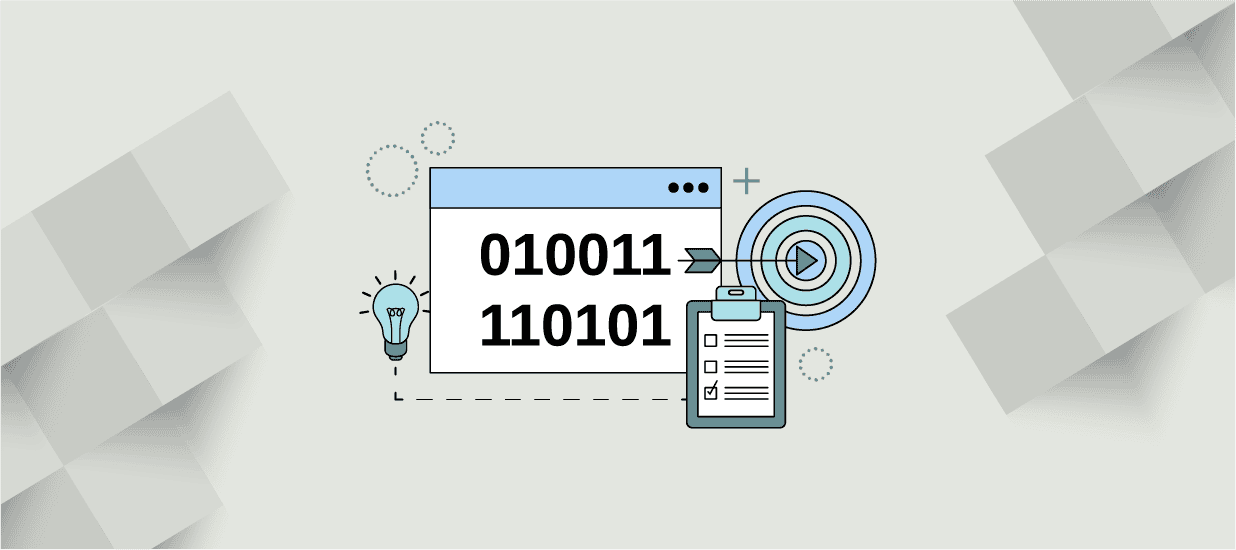Data has become the lifeblood of today’s businesses, providing critical insights that drive decision-making and strategic planning. But with thousands of potential data projects to choose from, how do you decide where to start?
Use this seven-step process to help you prioritize your data projects, focusing on those that will provide the most value to your business.
Before we dive into these steps, let’s consider how data can be used:
Understanding Your Customers: Data can help you better understand your customers. Who are they? What are they saying, thinking, and buying? What are the biggest market trends that could affect your business?
Offering Better Products and Services: By analyzing customer data, you can offer products and services tailored to your customer’s needs and habits, adding value by providing more customized experiences. Companies like Google and Amazon use data to continually refine their product offerings.
Customer Retention: Data can be used to predict which customers are at risk of churning and why. This allows businesses to develop targeted retention strategies. For example, they might identify customers who are less engaged with their products or services and develop personalized offers to re-engage them.
Market Research: Data can help businesses understand the broader market in which they operate. This can include tracking economic trends, monitoring competitor activity, and gauging the impact of political or societal changes on their market.
For each potential data project, it’s essential to flesh out the details. Here are some of the questions you might want to answer:
- What are the strategic goals of your project? What business challenge do you hope to address?
- How can you measure success? What metrics will you use to evaluate whether your project is boosting performance and helping your company be more successful?
- Who will be the “owner” of your use case? Who in your organization will be the primary user of the data?
- How will you turn the data into insights? What analytics approaches will you use?
Once you have a better understanding of how you plan to use data and what you hope to achieve, you can start to prioritize your projects using the following seven-step process.
7-Step Process for Prioritizing Your Data Projects
1. Aligning Data Projects with Business Objectives
Start by ensuring your data projects align with your business objectives. As McKinsey & Company suggests, in the age of analytics, those who make decisions based on data-driven insights have the competitive edge. By matching data projects with your business goals, you’ll ensure that your projects have a strategic focus and a clear path to creating value.
2. Assessing the Potential Value and ROI
Next, it’s time to assess the potential return on investment (ROI) for your projects. This process involves not only calculating the potential financial gains but also considering intangible benefits like improved customer satisfaction or operational efficiency. As the Harvard Business Review points out, “companies that treat data like a product can reduce the time it takes to implement it in new use cases by as much as 90%, decrease their total ownership costs by up to 30%, and reduce their risk and data governance burden.”
3. Evaluating Data Quality and Availability
The success of your data project will depend on the quality and availability of your data. Do you have access to accurate, consistent, and relevant data? Is the necessary data readily available, or will you need to invest in data collection or purchase data sets from a third party?
4. Considering Project Complexity and Resource Requirements
Each data project comes with its unique set of challenges and resource requirements. Understanding these variables will help you better estimate the time and cost involved in the project, ensuring that you can successfully deliver the project within your current capabilities and resources.
5. Focusing on Quick Wins
While some data projects might offer large potential benefits, they may also require a considerable investment of time and resources. That’s why it’s essential to balance these more ambitious projects with “quick wins” – smaller-scale projects that can provide immediate benefits. IBM’s Big Data & Analytics Hub notes, “quick wins can provide early evidence of success, galvanizing support for larger, more complex projects.”
6. Ensuring Compliance and Security
Every data project should include considerations for compliance and data security. In our world of increasing cyber threats and stringent data protection laws, ensuring your data projects adhere to regulatory standards and protect sensitive information is not just good practice, it’s crucial for your business’s reputation and legal standing.
7. Encouraging Cross-functional Collaboration
Finally, remember that data is not the exclusive domain of your IT or data analysis teams. Prioritizing data projects that encourage cross-functional collaboration can help ensure that your insights have the broadest possible application, breaking down silos and fostering a data-driven culture throughout your organization.
Conclusion
By following this seven-step process, you’ll be able to ensure your data projects are well-aligned with your business objectives, offering the greatest potential value and ROI, and making the most of your available resources and data. You’ll be well on your way to becoming a truly data-driven organization, ready to face whatever challenges and opportunities the future holds.
Make Better Data-Driven Decisions for Your Business
Elevate your data analysis with Business-Driven Data Analysis. Learn to turn business hurdles into growth opportunities using data-backed decisions.
Our program offers up-to-date concepts and hands-on projects to help you resolve business issues effectively. With expert feedback and learning adjustments, you’ll refine your skills, delivering compelling presentations and dynamic data visualizations. Become a key asset in your organization.
Author
-

The Pragmatic Editorial Team comprises a diverse team of writers, researchers, and subject matter experts. We are trained to share Pragmatic Institute’s insights and useful information to guide product, data, and design professionals on their career development journeys. Pragmatic Institute is the global leader in Product, Data, and Design training and certification programs for working professionals. Since 1993, we’ve issued over 250,000 product management and product marketing certifications to professionals at companies around the globe. For questions or inquiries, please contact [email protected].
View all posts








